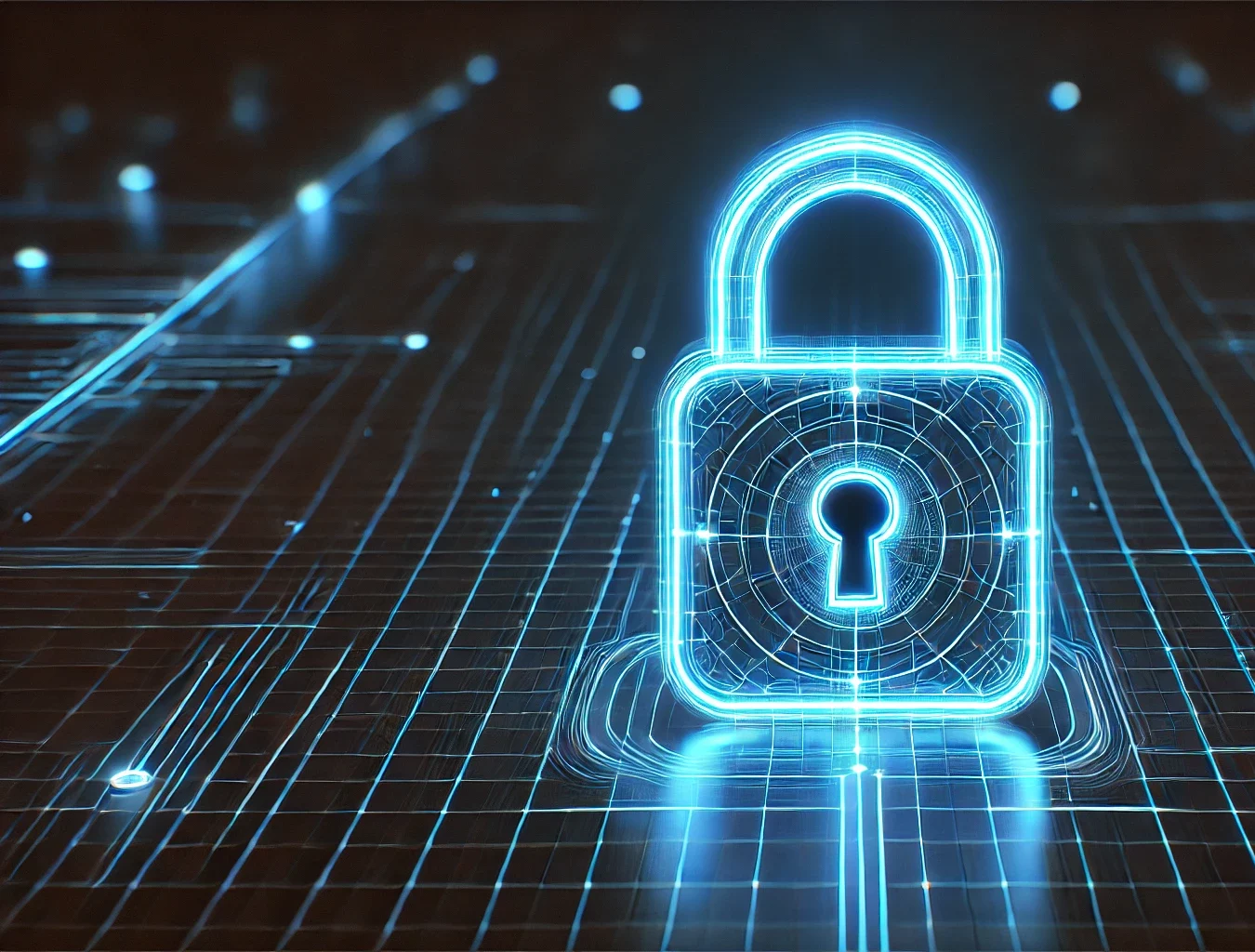
With smartphones at the center of our daily lives, our reliance on text messaging has grown exponentially. Unfortunately, this convenience has also opened the door for cybercriminals to exploit unsuspecting users through smishing, otherwise known as SMS phishing. But what exactly is smishing, and why is it such a significant threat?
What is Smishing?
Smishing is a form of phishing where scammers send deceptive text messages to trick you into revealing personal information, financial details, or clicking malicious links. Unlike email phishing, which usually requires you to open an email, smishing leverages the immediate nature of text messages, making it easier to fall victim.

Why Smishing is Effective
Scammers excel at making smishing messages appear urgent and convincing. Examples include texts claiming to be from:
- A bank informing you of fraudulent activity.
- A shipping company about a missed delivery.
- A retailer offering an exclusive “limited time” discount.
These messages are often tailored to spark curiosity or fear, prompting recipients to act quickly without second-guessing the content.
Statistics and Trends in Smishing Attacks
- Smishing, a sneaky form of phishing via text messages, is rapidly growing. In 2022, smishing attacks surged by over 328%, making it one of the fastest-growing cyber threats. This rise is fueled by the global increase in smartphone use—over 6.8 billion users in 2023—and the high trust people place in text messages, which have a 98% open rate compared to email.
- Common smishing scams include fake delivery notifications, especially during busy shopping seasons, and bogus banking alerts designed to steal personal details. Scammers target all age groups, from tech-savvy younger users to older individuals less familiar with spotting fraud, tailoring their tactics to exploit specific vulnerabilities.
- Despite growing awareness, smishing remains alarmingly effective, with nearly 20% of recipients engaging with these scams. This highlights the urgent need for better education and stronger defenses to combat this rising threat.
The Dangers of Smishing
1. Identity Theft
By clicking a malicious link, you might unknowingly provide personal information like your Social Security number, address, or login credentials to scammers. This makes identity theft one of the most severe consequences of smishing.
2. Financial Loss
Many smishing attempts involve impersonating trusted institutions, like your bank, to steal your credit card details or drain your bank account. Once scammers have this information, the impact on your finances can be immediate and devastating.
3. Malware Infection
Some smishing messages include links that, when clicked, download malware onto your phone. This malware works stealthily, collecting sensitive data like passwords or even recording your keystrokes.
4. Data Breaches
Attackers may use smishing to manipulate employees into unwittingly providing access to company systems, leading to massive data breaches that compromise sensitive business data or customer information.
How Easy Is It for Scammers to Smish?

Smishing requires relatively low effort from scammers. With
cheap technology and minimal technical skills, cybercriminals can spoof phone numbers to make their messages seem legitimate. Additionally, they often use databases of leaked phone numbers to target victims en masse.
Worryingly, the simplicity of smishing tools and the prevalence of personal phone use make it easy for scams to spread quickly—sometimes beyond borders.
Practical Steps to Defend Yourself Against Smishing Attacks
Protecting yourself from smishing attacks doesn’t have to be complicated. With a few thoughtful precautions, you can guard your personal information and avoid falling prey to these scams. Here’s a closer look at the practical steps you can take, along with why they’re effective.
1. Don’t Click on Links From Unknown Senders
One of the most common tactics used in smishing is embedding malicious links in text messages. Clicking on these links can lead you to fraudulent websites designed to steal your data or even install malware on your device. To stay safe, always avoid clicking links in unsolicited messages—even if they appear urgent. Instead, take a moment to verify the source. If the message claims to be from a familiar organization, visit their official website directly through your browser or contact them using verified phone numbers or email addresses. This extra step can save you from accidentally handing over your sensitive information.
2. Verify the Sender
Smishers are masters of deception, often mimicking legitimate businesses like banks or popular online retailers to gain your trust. If you receive a message that seems suspicious, take the time to confirm its authenticity. For example, if your bank allegedly sends you a fraud alert, don’t reply directly to the message. Instead, call your bank using the official number on their website or your bank statement. This verification process is a quick and reliable way to distinguish a genuine communication from a scam.
3. Never Share Personal Information via Text
Scammers thrive on your willingness to share sensitive information quickly. They might request personal details like your Social Security number, bank account info, or login credentials under the guise of resolving an urgent issue. Keep in mind that reputable organizations will never ask for such details via text message. If you’re unsure, reach out to the organization directly to confirm their policies before responding. Assuming a no-text rule for personal data can eliminate a significant portion of potential risks.
4. Enable Two-Factor Authentication (2FA)
Two-factor authentication adds an extra security layer to your online accounts. Even if a smisher manages to get hold of your username and password, 2FA can prevent them from accessing your account without the second authentication factor—usually a one-time code sent to your device or generated through an app. Set up 2FA on all your important accounts, especially those tied to financial services or sensitive personal data. Most major platforms offer easy-to-follow instructions for enabling this feature.

5. Install Mobile Security Software
With smartphones being a primary target for smishers, installing reliable mobile security software is a smart move. Many security applications can detect malicious links, block dangerous websites, and even warn you about phishing attempts in real time. Some tools also include features for scanning apps or attachments for malware. Regularly updating your security software ensures it remains effective against evolving threats.
6. Report Smishing Attempts
Reporting smishing messages doesn’t just protect you—it helps prevent scammers from duping others. Forward suspicious texts to your mobile carrier (many carriers accept reports via a simple short code like 7726, which spells “SPAM”). You can also report incidents to local authorities or cybersecurity organizations, depending on your country’s resources. By taking this step, you contribute to larger efforts to combat smishing, making it harder for criminals to operate.
Implementing these steps can significantly reduce your risk of falling victim to smishing attacks. Staying cautious, verifying communications, and equipping your devices with protective tools will not only protect your personal information but also empower you to confidently manage digital interactions. Taking proactive measures today can help keep criminals at bay tomorrow.
Closing Thoughts
Smishing represents a growing threat in the digital age, with its rapid rise driven by the widespread use of mobile devices and the inherent trust many place in text messages. This deceptive form of cyberattack has proven to be alarmingly effective, exploiting emotional triggers and targeting victims across all demographics. From delivery scams to fake banking alerts, smishing continues to evolve, catching even the most tech-savvy individuals off guard.
However, this doesn’t mean you’re powerless. By staying informed, exercising caution, and following best practices—like verifying suspicious messages, avoiding clicking unknown links, and using robust security tools—you can significantly reduce your risk. Businesses and governments are also ramping up efforts to combat this threat through education, regulations, and technological solutions.
While the numbers might seem daunting, the key to combating smishing lies in vigilance and action. Educate your team, implement strong security protocols, and never trust unsolicited messages with links or urgent requests. Our experts can help fortify your defenses against cyber threats. Stay secure, stay informed, and let’s protect your business together!
Share this Post




